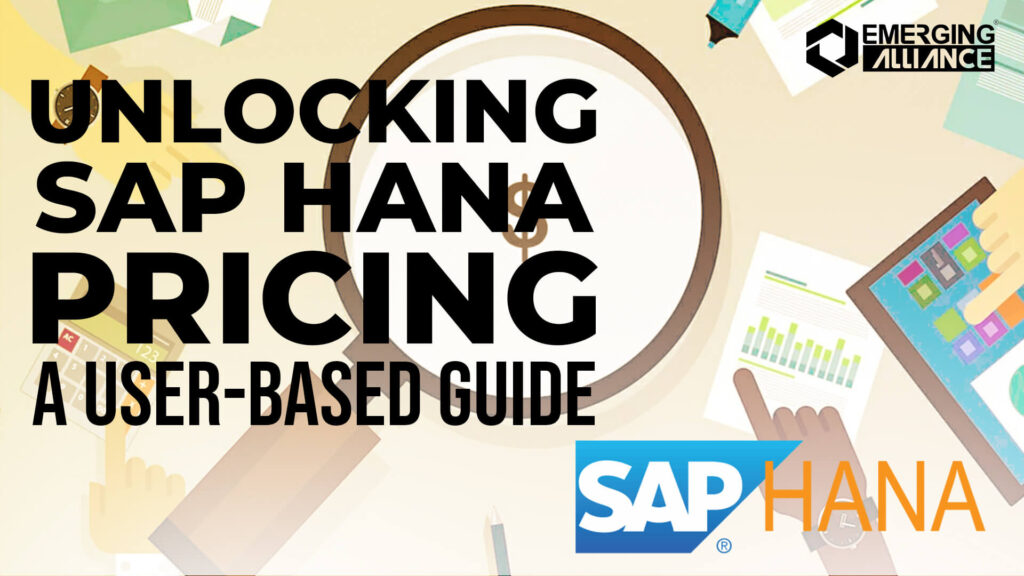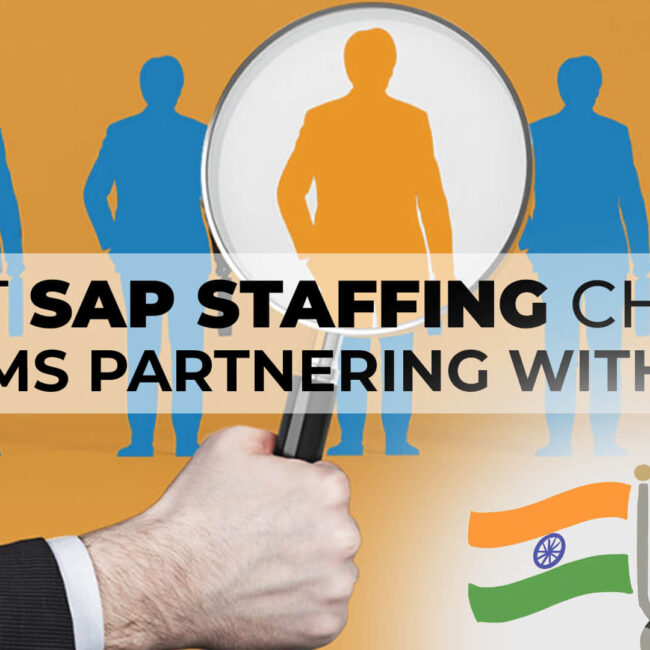
Unlocking SAP HANA Pricing: A User-Based Guide

Mastering SAP HANA User-Based Pricing: A Guide
When it comes to enterprise resource planning (ERP) solutions, SAP has long been a dominant player in the market. With their cutting-edge technology and innovative software, SAP has continuously evolved to meet the changing needs of businesses. One of their flagship offerings, SAP HANA, is a game-changer in the world of data management and analytics. However, understanding its pricing and licensing model, particularly the user-based approach, can be a complex task. In this blog post, we will delve into the intricacies of SAP HANA user-based pricing and licensing to reveal the truth behind this essential aspect of ERP.
SAP HANA: A Quick Overview
Before we dive into the pricing details, let’s have a quick refresher on SAP HANA. SAP HANA is an in-memory database and application platform that provides real-time analytics and data processing. It is known for its exceptional performance, scalability, and the ability to process vast amounts of data quickly.
The Challenge of Pricing and Licensing
One of the most common challenges businesses face when considering SAP HANA is understanding its pricing and licensing structure. Traditionally, SAP used a metric called CPU (Central Processing Unit) to calculate the cost of using their software. However, with SAP HANA, they introduced a user-based pricing model, which can seem daunting at first.
User-Based Pricing: What Does it Mean?
SAP HANA’s user-based pricing model, often referred to as “named user licensing,” is a departure from the CPU-based model. Instead of charging based on the hardware capacity, SAP charges based on the number of users accessing the system. This model has its pros and cons, and it’s crucial to understand how it works to make informed decisions for your organization.
Advantages of User-Based Pricing
Predictable Costs:
User-based pricing allows for more predictable costs as you pay based on the number of users. This can be especially beneficial for businesses with fluctuating workloads.
Granular Control:
You have better control over who has access to the system, allowing you to manage licenses more precisely.
Scalability:
It’s relatively easy to add or remove user licenses as your business grows or shrinks, providing scalability.
Challenges of User-Based Pricing
Potentially Higher Costs:
If you have a large number of users, user-based pricing can be more expensive compared to CPU-based pricing.
Complexity:
Managing user licenses, especially in a large organization, can be complex and require careful oversight.
Selecting the Right SAP HANA User-Based License
Choosing the right user-based license for your organization is crucial. SAP offers various license types, including professional, developer, and limited professional licenses. Understanding the roles and needs of your users is vital to making the right choice.
Tips for Managing SAP HANA User-Based Licenses
Regularly Review License Usage: Periodically review and optimize your license allocation to ensure you are not overpaying.
Stay Compliant: Be aware of SAP’s licensing agreements and stay compliant to avoid unexpected penalties.
Work with SAP Experts: Consider working with SAP experts or consultants who can help you navigate the licensing landscape effectively.
The truth about SAP HANA user-based pricing and licensing is that it offers both advantages and challenges. While it provides predictability and granular control, it can also be more expensive and complex to manage, depending on your organization’s size and needs. To make the most of SAP HANA, carefully evaluate your user requirements and consider seeking professional guidance to ensure you choose the right licensing model. With the right approach, SAP HANA can be a powerful tool for transforming your ERP and data management capabilities.
Ready to dive deeper into the topics you love? Visit our website to explore a treasure trove of valuable content, resources, and insights that will captivate your mind and fuel your curiosity!
Want to speak to an expert? Fill in the form below, and we will be in touch with you shortly!







